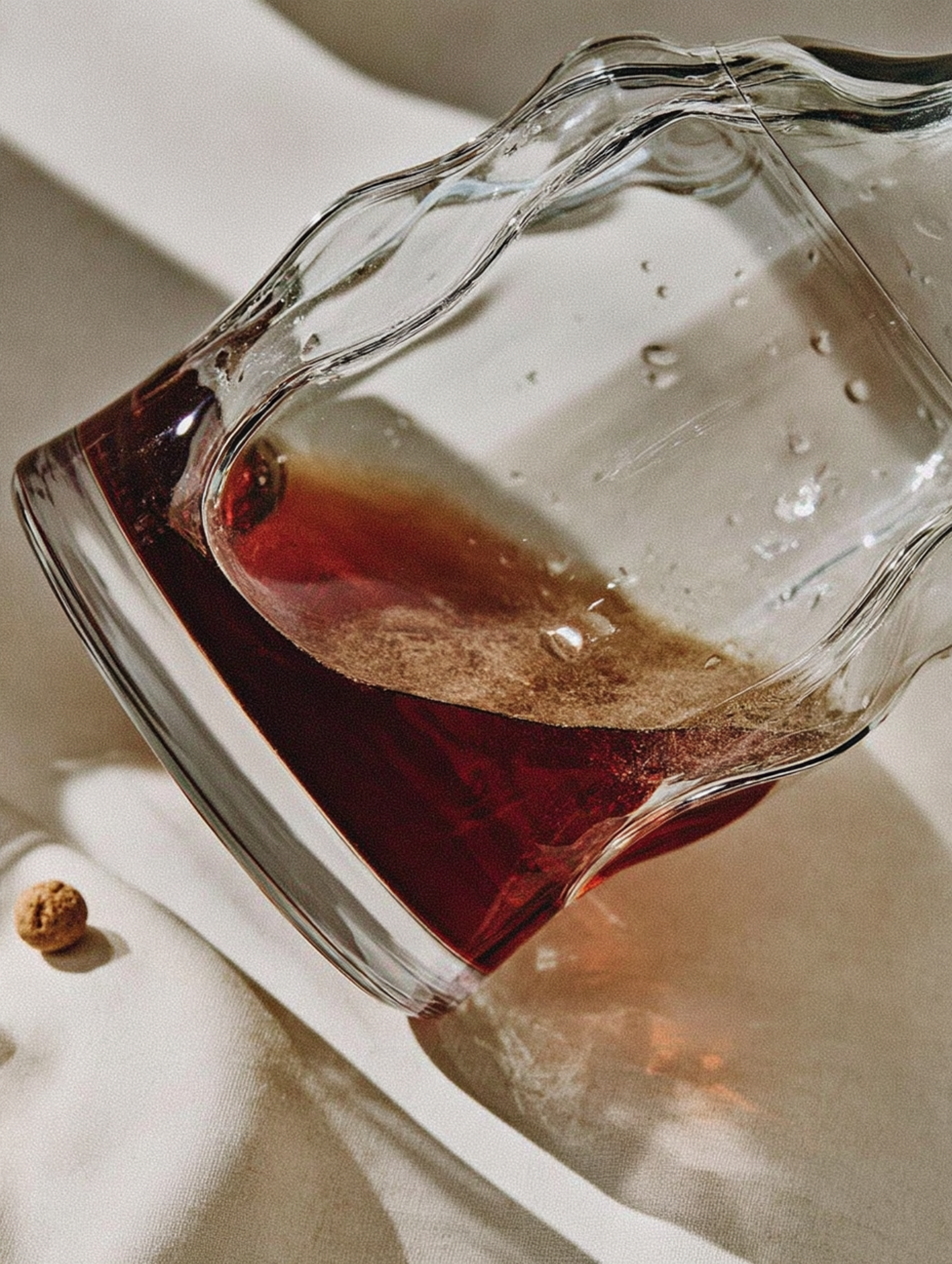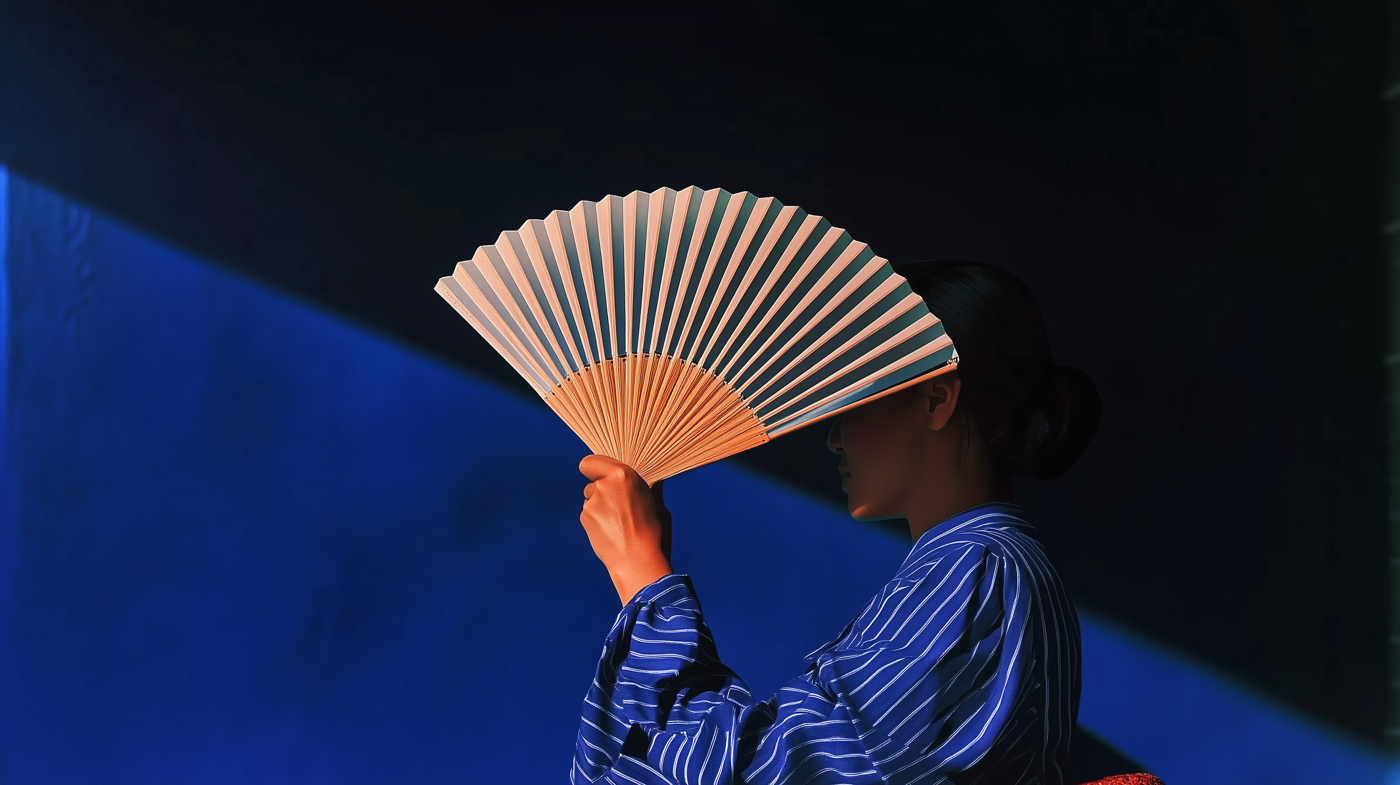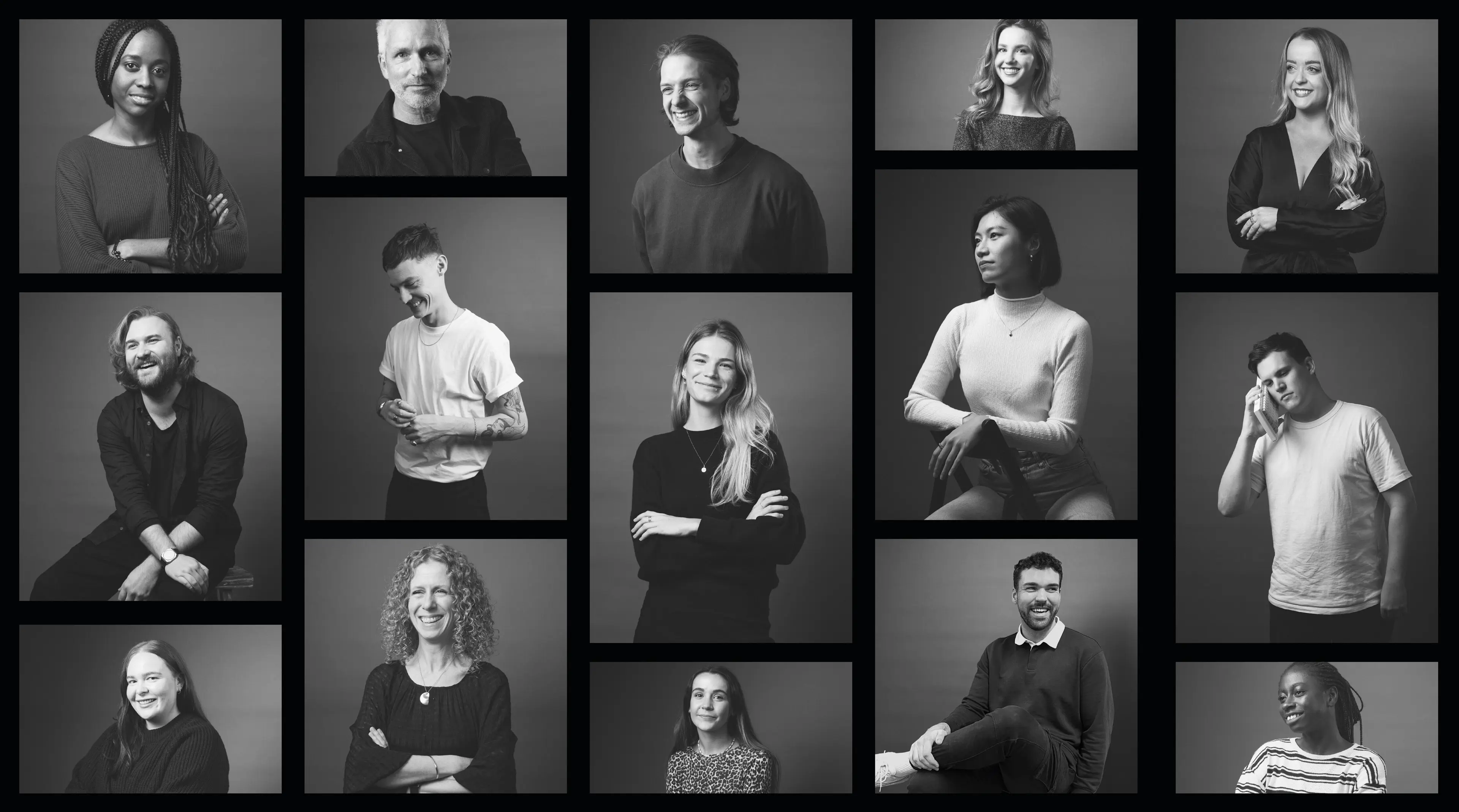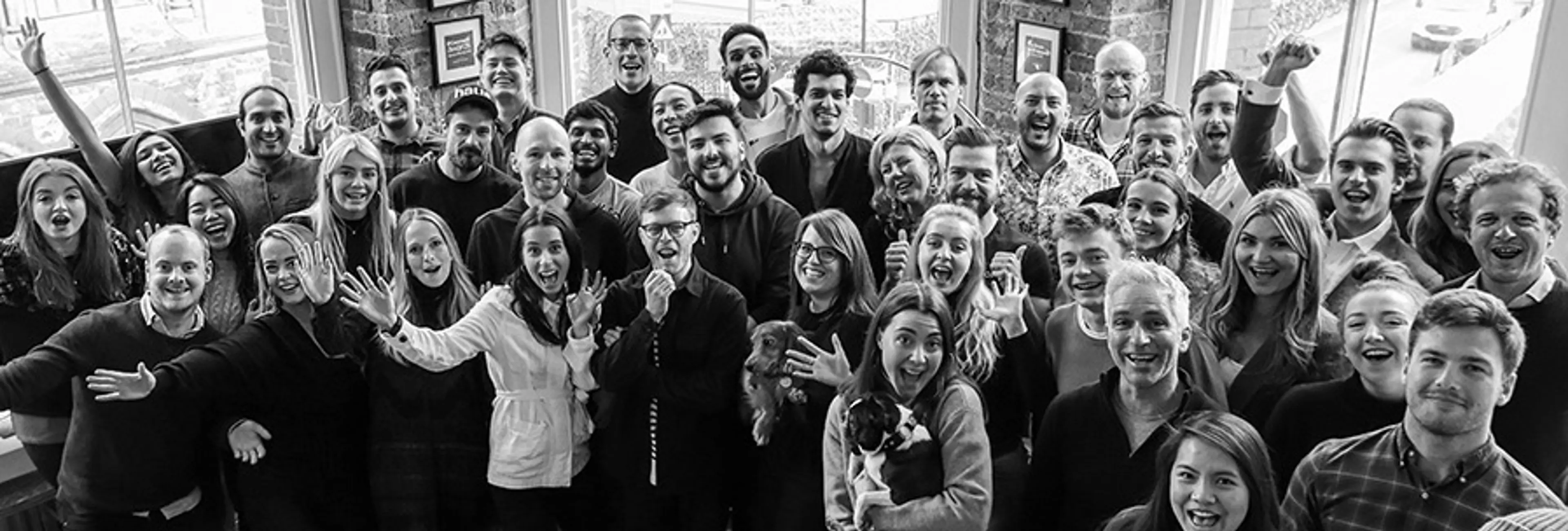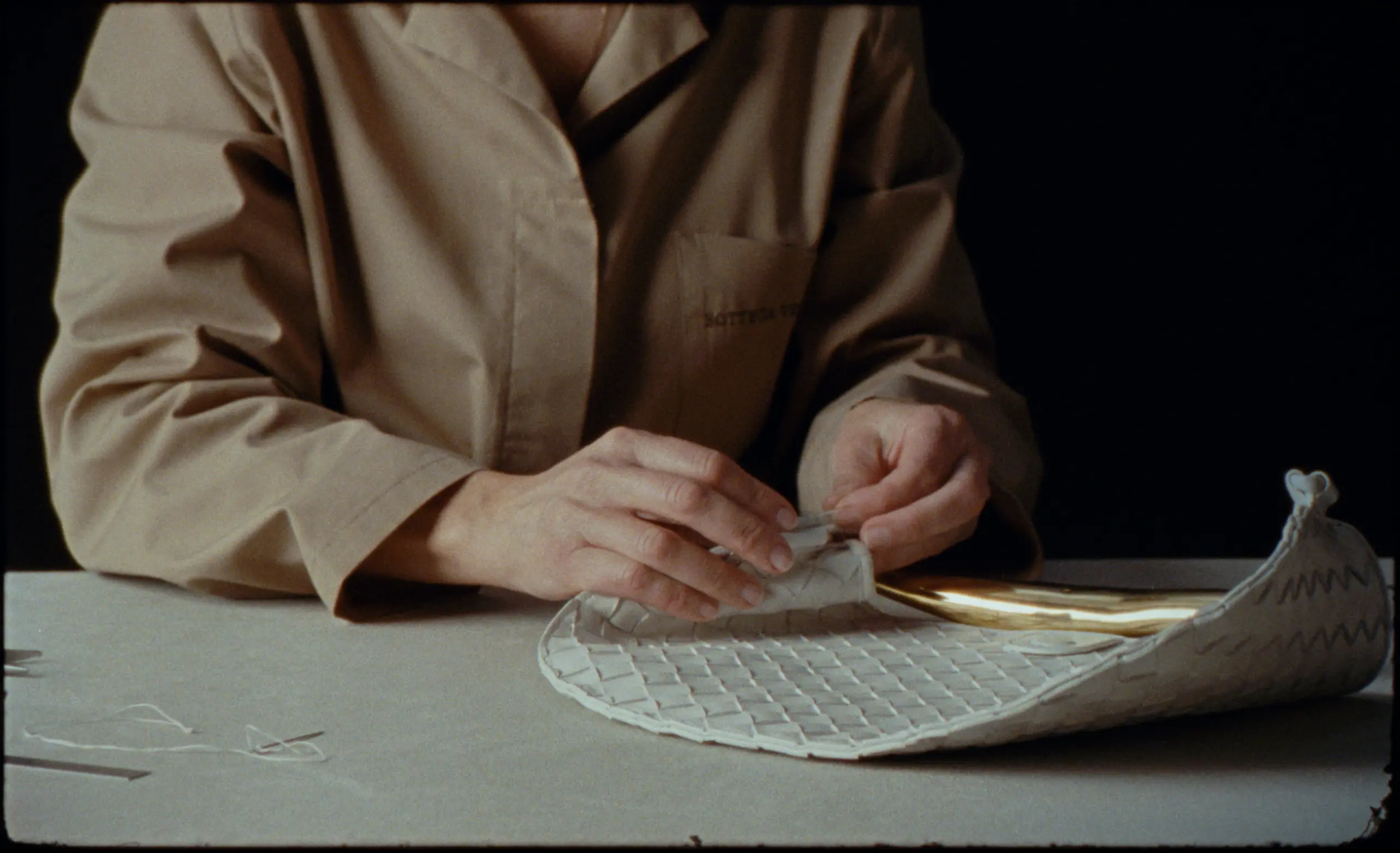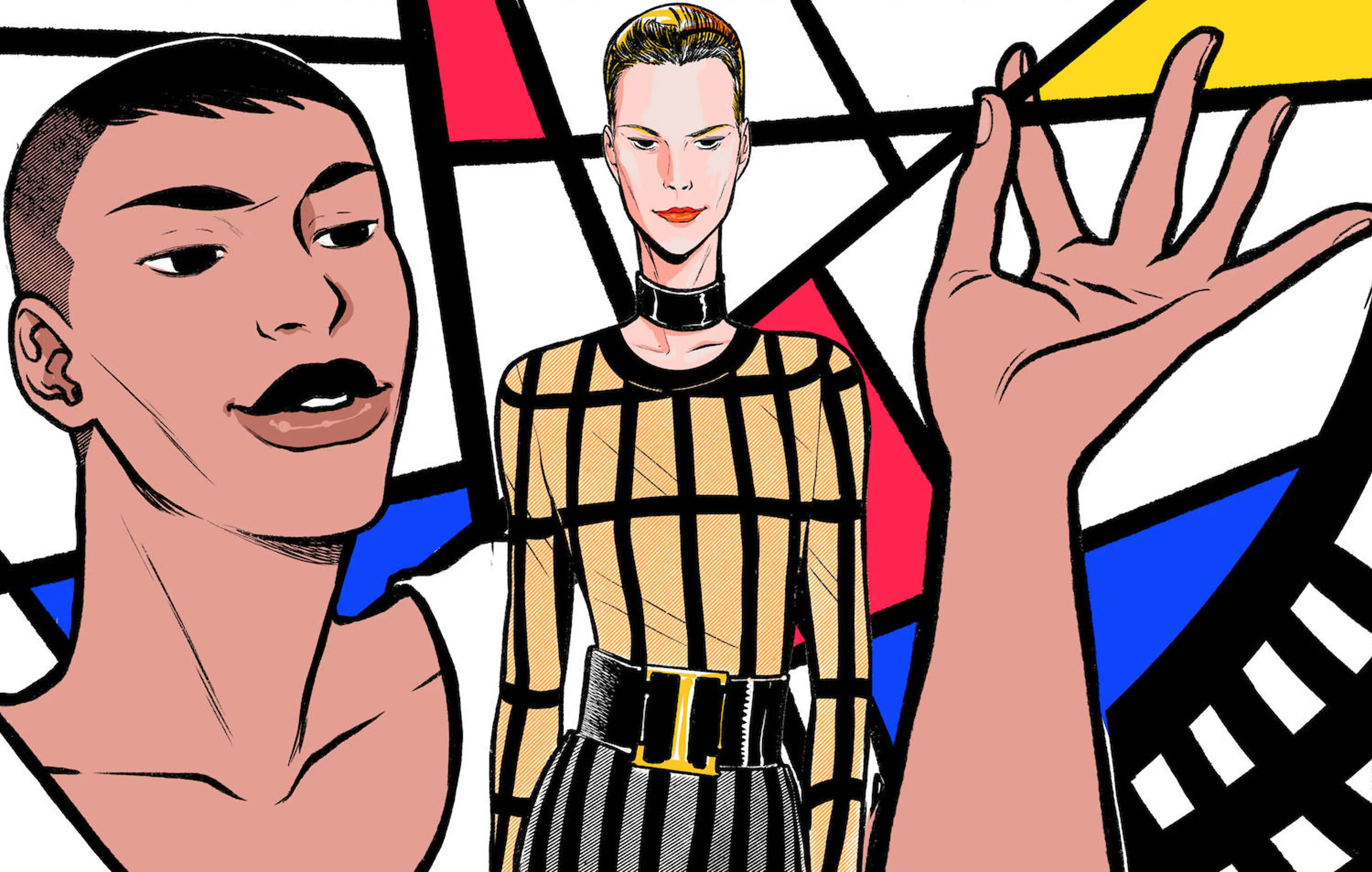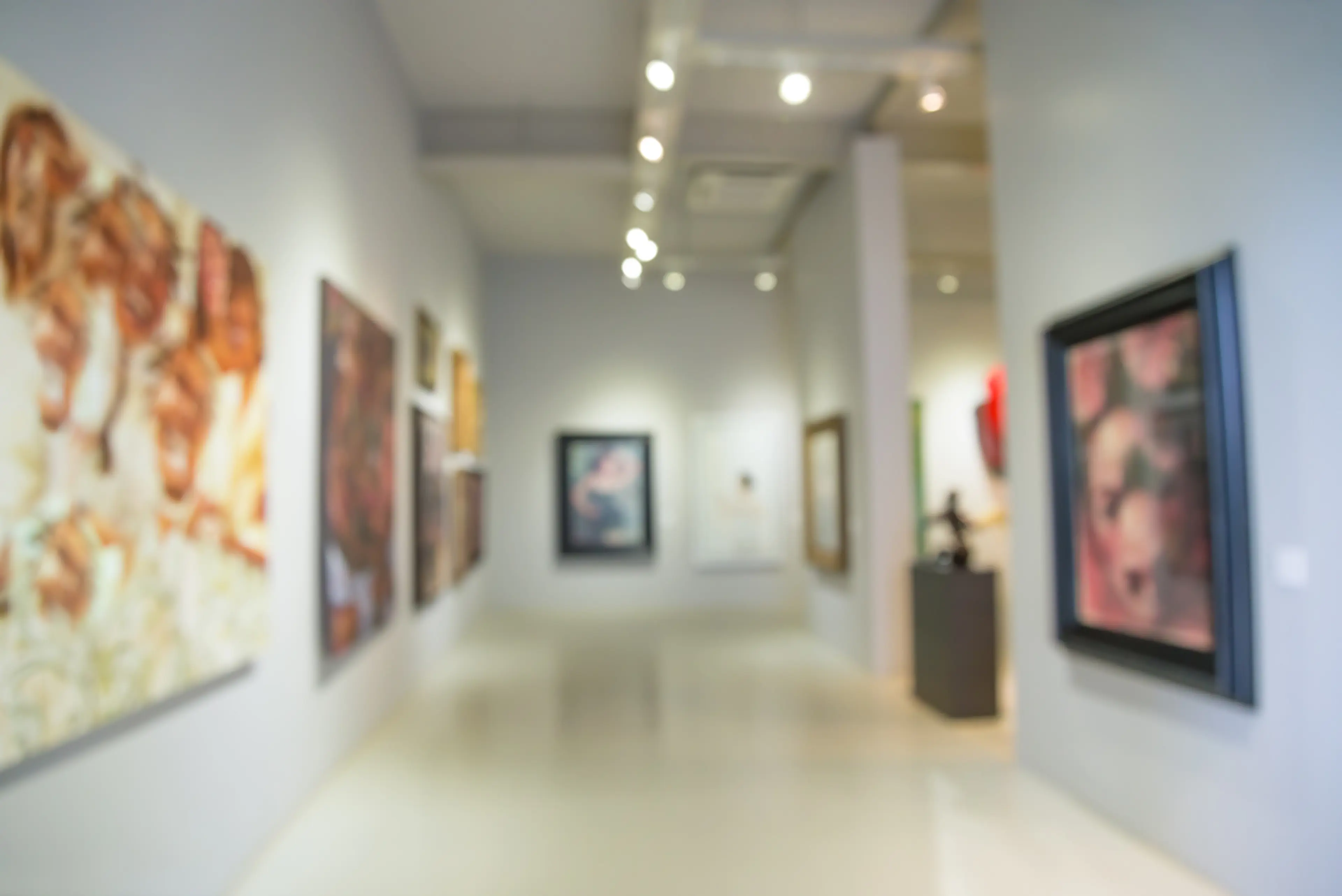
Design
1 Sept 2022
4 Min Read
Brand Brushstrokes: At the Nexus of Art and Luxury
A visit to The Wallace Collection’s most recent exhibition prompted an office-wide examination of art and luxury’s relationship. From Walt Disney’s rococo roots to fashion houses nailing NFTs, in this article we unlock a trio of key takeaways on how to build an artistic collaboration for your brand.
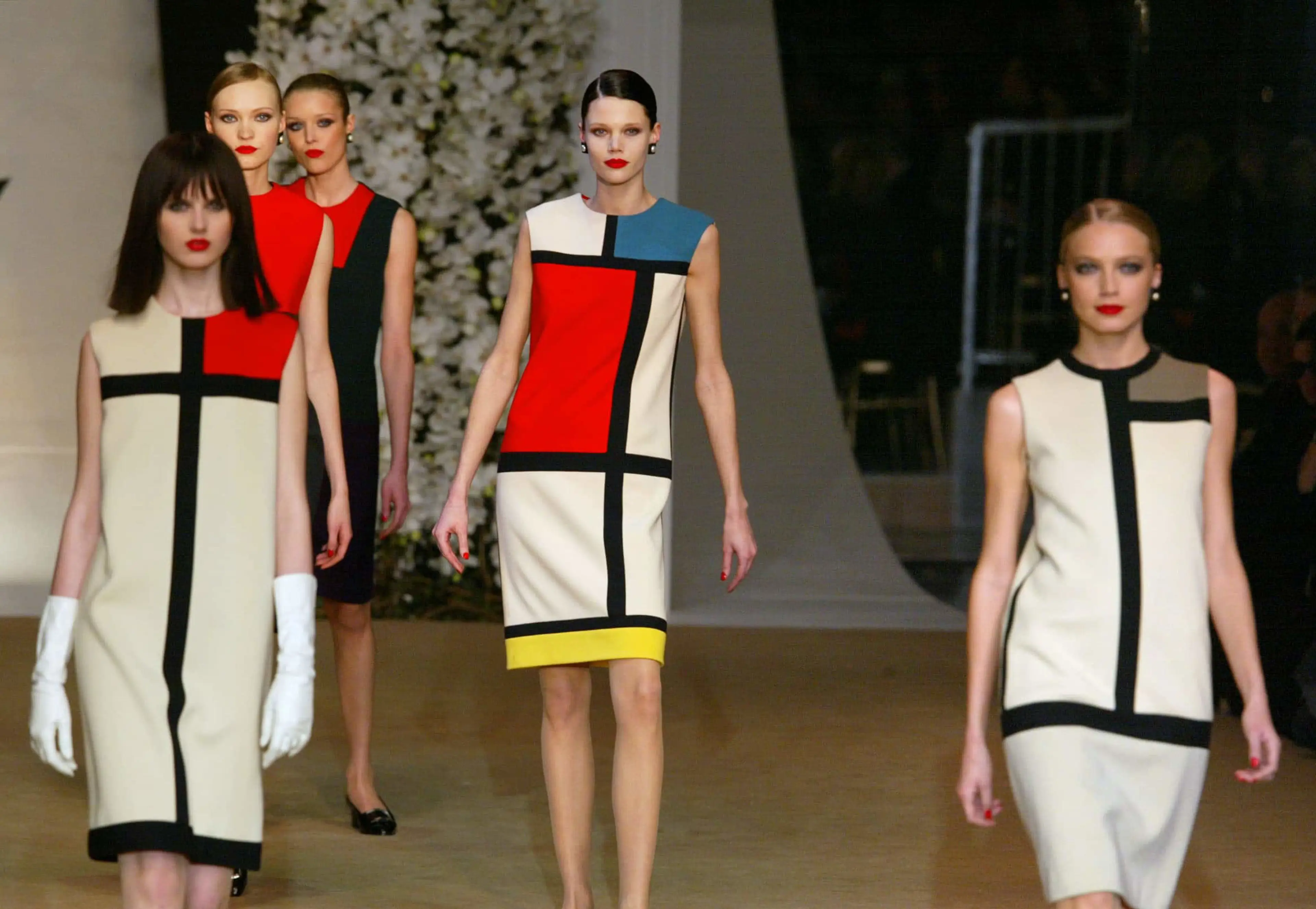
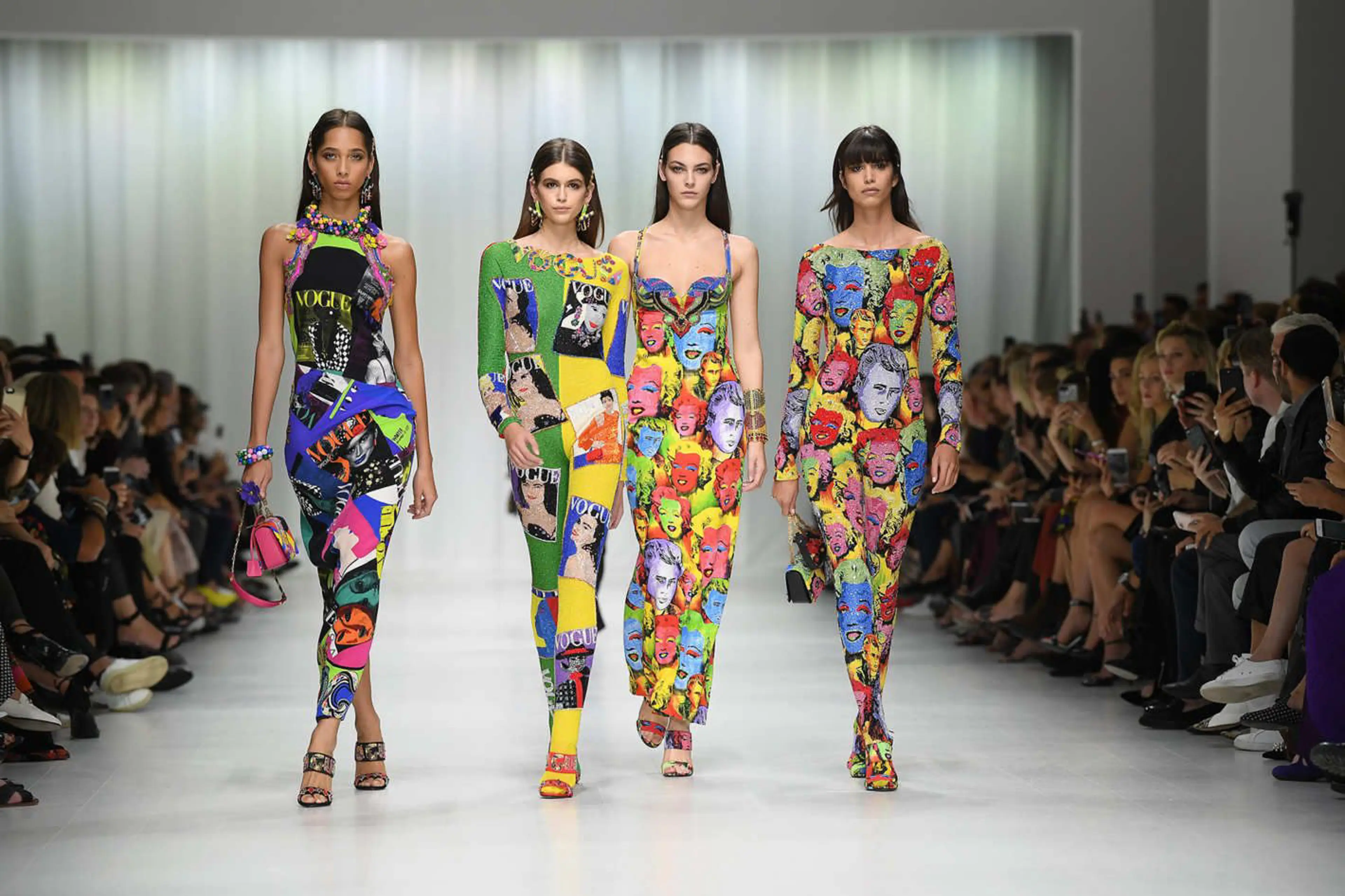
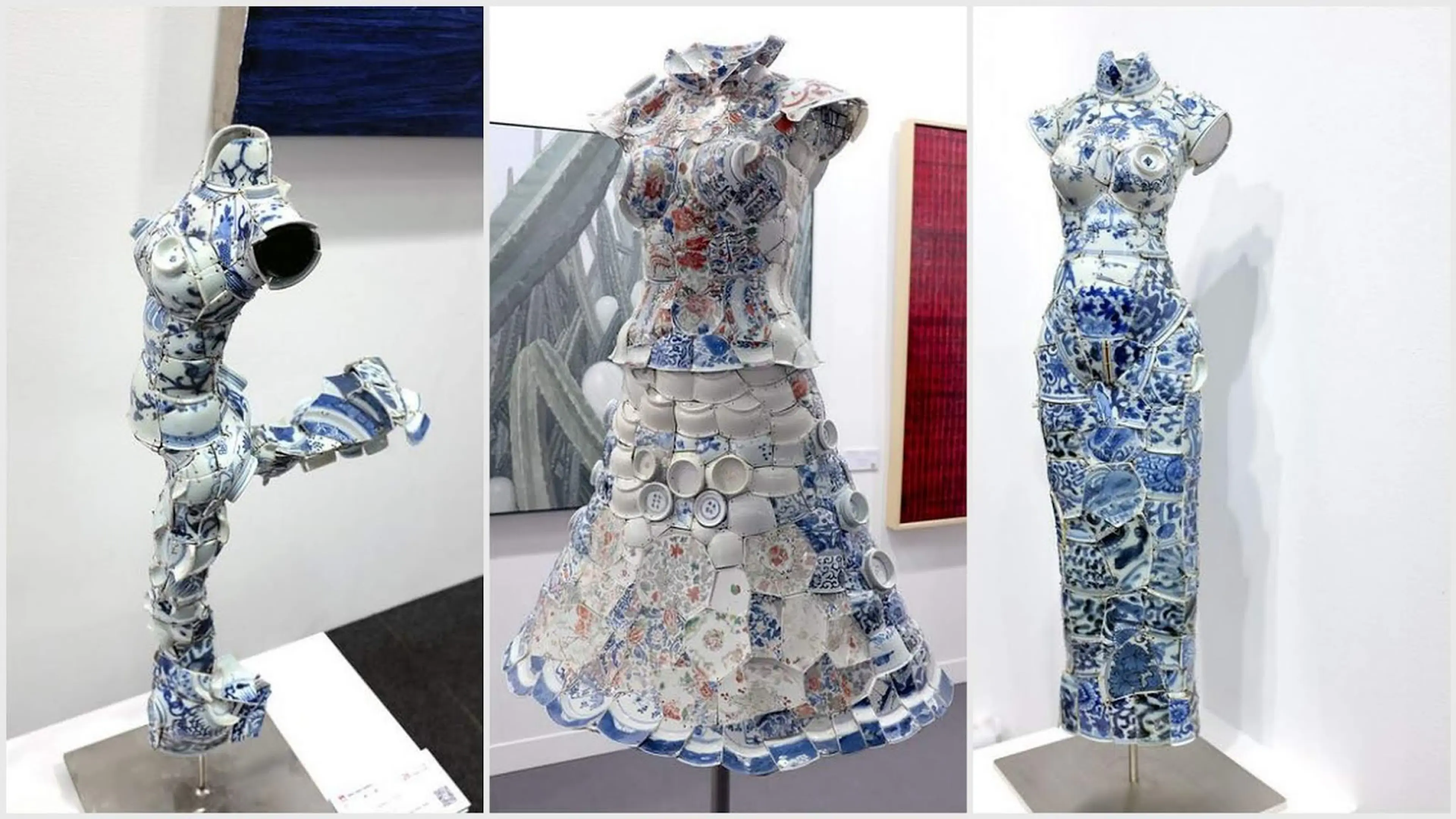
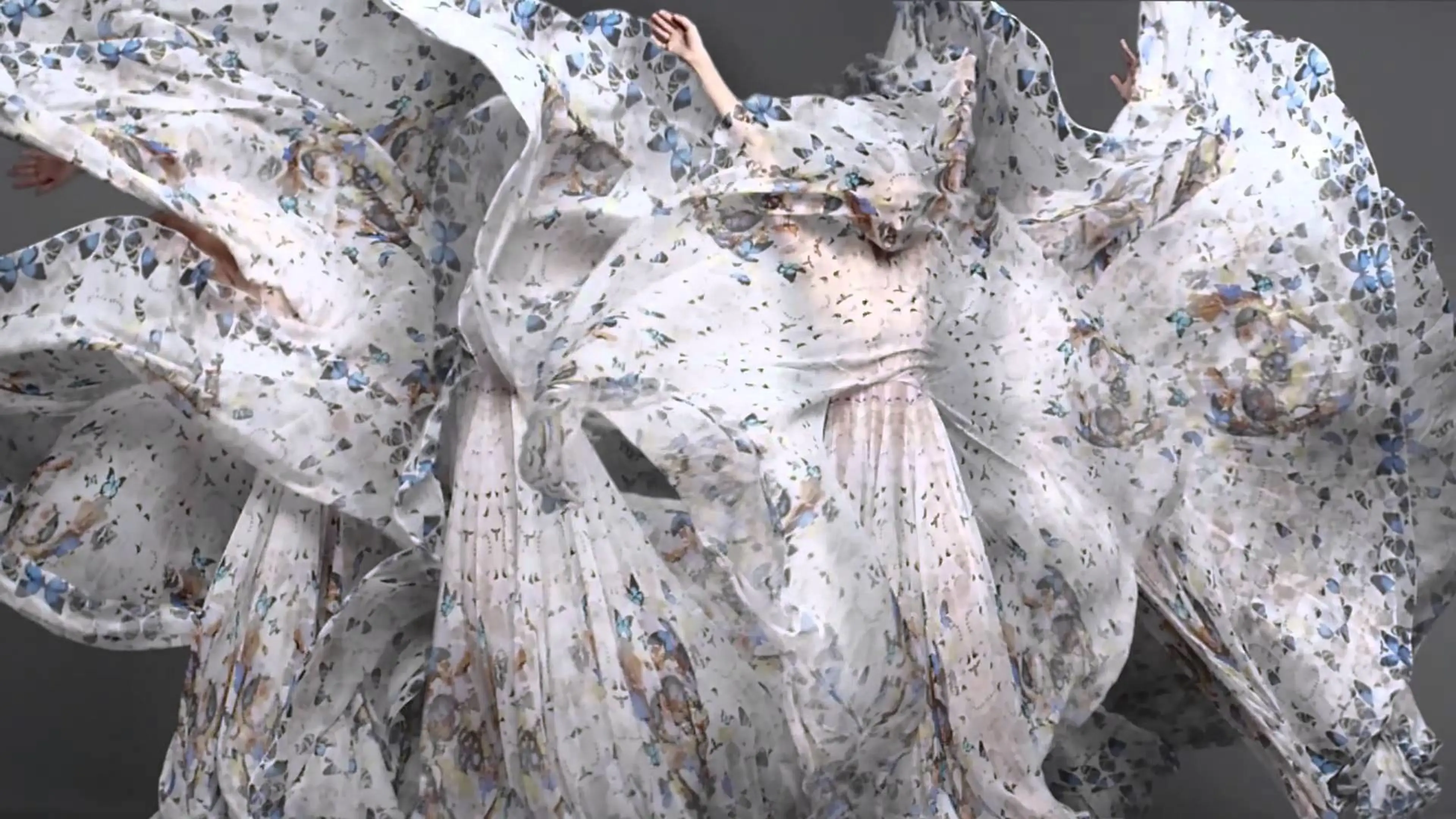

Design
